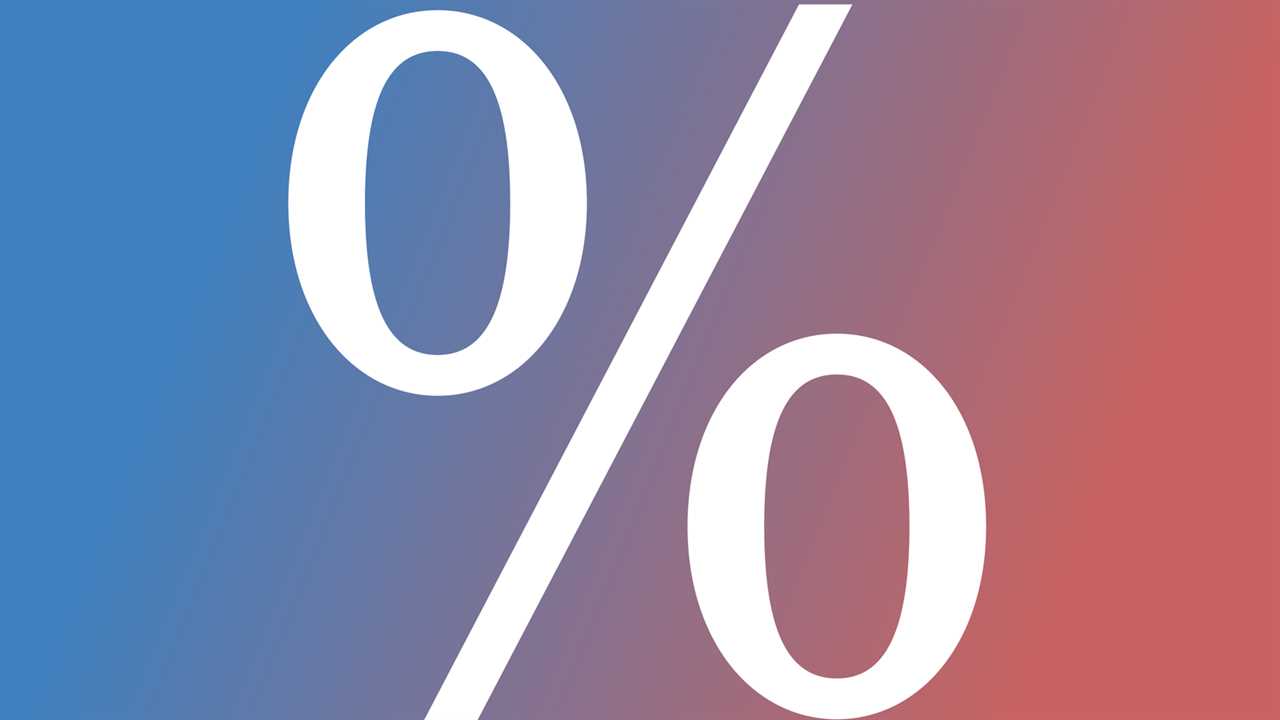
When Elmo Roper and George Gallup conducted the nation’s first scientific opinion polls back in the 1930s, they were motivated by a belief that how peoplevoted was only part of what really matters in a democracy. It was also crucial to understand how people about the major issues of the day.
“What is the common man thinking?” Gallup famously asked.
Today, the 2020 election is behind us, and so is the constant flood of pre-election polling that streamed in throughout the year. But the stakes are still high on many issues — and, as ever, the public’s views are constantly evolving. Gallup’s question abides.
So we’re unveiling a new feature today on nytimes.com to keep you updated on the latest polls, across a range of political issues.
Where does President Biden’s approval rating stand? How does the public feel about the major legislation being debated in Washington? How willing are people to be vaccinated? Pollsters are still constantly asking these questions, and you can see what they’re finding out here.
Of course, there’s a big elephant in this room. In both 2016 and 2020, pre-election surveys underestimated the public’s support for Donald Trump, nearly across the board. After the election this past November, a dispirited chattering class was left asking: Should we even listen to the polls at all?
The short answer, polling experts say, is yes. With a caveat.
Pollsters now agree that a small but meaningful chunk of Trump voters simply weren’t being represented in surveys, although no one has come up with a comprehensive explanation for how that happened. One popular theory suggests that Trump supporters, who tend to be more distrustful of social institutions, may simply be less willing to talk to pollsters. (We’ll probably know more in the next couple of months, after some major postelection analyses are released.)
And this invites another question: How much will the problems in pre-election polls continue to plague surveys going forward? Even in polls that aren’t directly about Trump, or an upcoming election, could the views of his supporters still go underrepresented?
Josh Clinton, a pollster and political scientist at Vanderbilt University, wrote a defense of polling shortly after the November election, urging readers not to throw out the polling baby with the 2020 bath water. The performance of those polls “does not necessarily impugn the accuracy of all public opinion polling,” he said. “Pre-election polling is different from, and more difficult than, public opinion polling that seeks to gauge the opinions of citizens.”
To investigate those concerns, the Pew Research Center did a thorough analysis over the past few months, culminating in a report released yesterday. By adjusting the results from their pre-election polls throughout 2020 to account for Trump’s showing in November, Pew’s researchers found that whatever caused his support to go underrepresented didn’t have as much of an effect on responses to other questions.
“We discovered that the impact on the issue questions was very minimal,” Scott Keeter, who helped create the report, said in an interview, referring to questions about social and political issues. For questions more directly tied to partisan affiliation, like the president’s approval rating, “those numbers moved more,” Keeter said. “But they still didn’t move as much as the vote moved, in our simulations. So we took this as generally good news.”
Ultimately, the Pew report found that adjusting poll results to properly account for Trump’s support altered the results on issues-based questions by anywhere from 0.5 to 3 percentage points. That’s not nothing — but it’s also not enough to render these results moot, Keeter said.
“Given how evenly divided the public is, in election polls an error of two or three percentage points makes a real difference,” he said. “But we don’t hold issues polling to that kind of standard because we understand that questions on issues are inherently more subjective.”
Those kinds of questions, he explained, are already messier than questions asking which candidate a respondent will support. “They tend to be tied to how questions are worded, and what people happen to be thinking about on a particular topic at any given point,” Keeter said. So while it can be useful to know that a of the public supports, say, a $15 minimum wage, it isn’t as worthwhile to focus on the exact numerical figure, down to the percentage point.
With that in mind, there’s no doubt that polls continue to provide a useful tool for understanding — as George Gallup’s syndicated newspaper column was once called — “What America Thinks.”
We can reliably say that Biden’s approval rating is more positive than negative. We know the public broadly supports the $1.9 trillion relief bill he has proposed — while certain elements within it are even more popular than the package writ large. And polls clearly reflect the fact that most Republicans would like Trump to continue playing a role in their party going forward.
We’ll be updating our polling blog whenever big new polling data comes out, so if you’re curious about this kind of stuff, consider bookmarking the page — or just check back every few days to get caught up. We’ll also include some updates in this newsletter.
As always, thanks for reading. I’ll be doing my best not to let us get lost in the numbers.
Did you miss our previous article...
https://trendinginthenews.com/usa-politics/officials-put-unusual-limits-on-dc-national-guard-before-riot-commander-says






